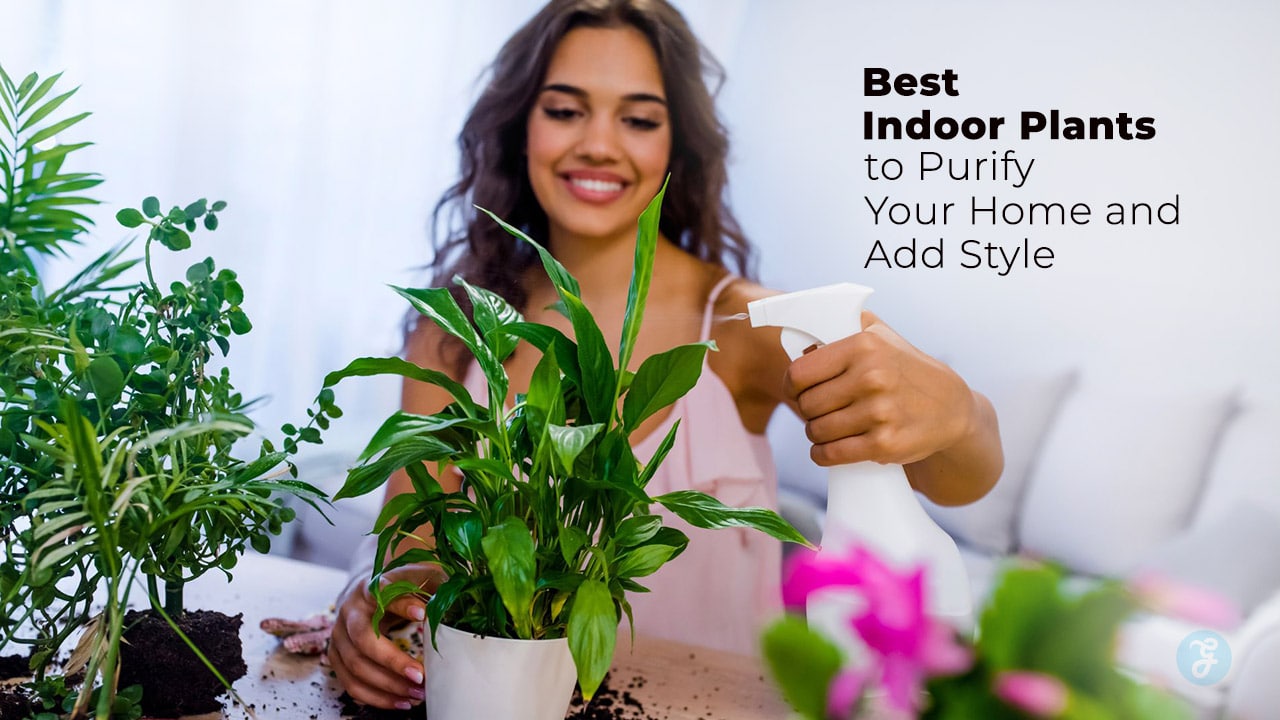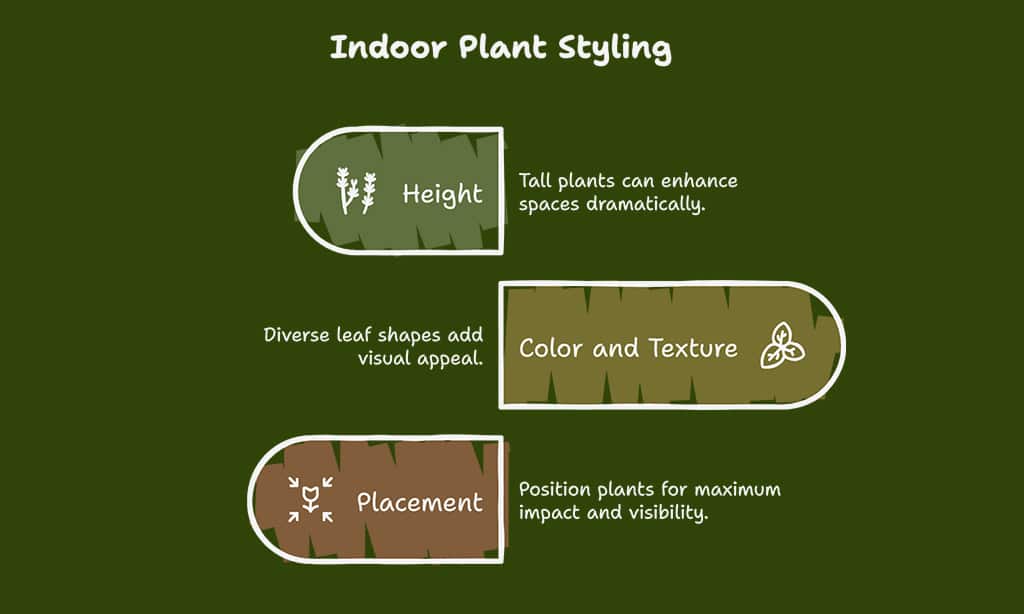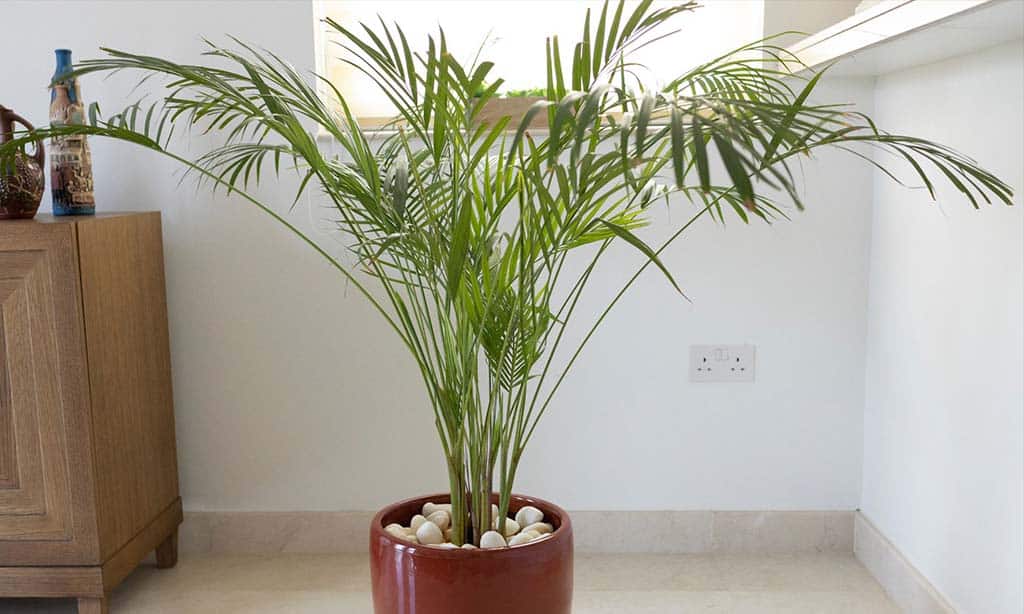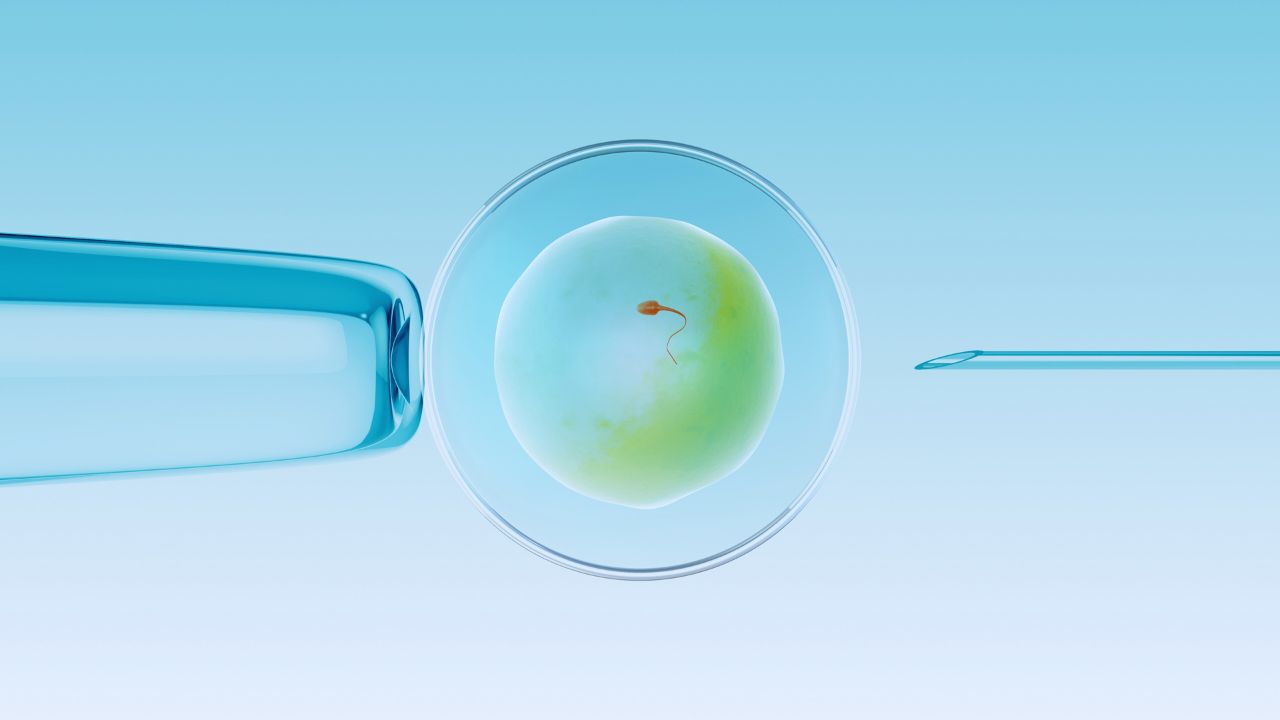In recent years, people have become more conscious of creating healthier living environments. With the rise of remote work, longer time spent indoors, and growing awareness about air quality, many homeowners are seeking ways to improve both the air they breathe and the aesthetics of their living spaces. Enter indoor plants—nature’s air purifiers and décor enhancers.
Indoor plants offer a two-in-one benefit: they purify the air by removing toxins, and they contribute to the overall design of your home. Studies have shown that plants can remove harmful pollutants like formaldehyde, benzene, and ammonia from the air, which are often found in household products, furniture, and even electronics.
On the aesthetic side, plants add an organic, vibrant touch to any space, making it feel livelier, more inviting, and connected to nature. This article explores the 10 Best Indoor Plants to Purify Your Home and Add Style, providing you with in-depth details about each plant’s purifying benefits, styling tips, and care instructions.
By the end, you’ll know exactly which plants suit your home, and how to incorporate them effectively into your décor.
Why Choose Indoor Plants to Purify Your Home and Add Style?
Indoor air quality has been a growing concern over the past few decades. According to the World Health Organization (WHO), around 4.3 million premature deaths occur each year due to indoor air pollution, particularly in homes that use fuels like wood, coal, and biomass for cooking and heating.
Even in homes with modern amenities, air quality can suffer from toxins released by everyday products like cleaning agents, paints, and furniture. Plants help to combat this by removing harmful toxins through a process called phytoremediation, where the plant roots absorb chemicals and break them down.
Several studies, including NASA’s Clean Air Study, have proven that plants can effectively remove pollutants such as formaldehyde, benzene, and trichloroethylene. Some plants even have the ability to release oxygen during the night, further improving air quality.
How Indoor Plants Add Style to Your Home
On the decorative side, indoor plants are an instant upgrade for any space. Whether you’re going for a minimalist, rustic, or modern aesthetic, there’s a plant that will fit seamlessly into your home.
Not only do plants help soften hard architectural lines and add life to a room, but they also create a sense of calm and well-being.
When choosing plants for styling, think about:
- Height: Tall plants like rubber plants or bamboo palms can act as statement pieces in corners or next to large windows.
- Color and Texture: A variety of leaf shapes and shades, from the sleek and modern snake plant to the flowing fronds of ferns, can create visual interest and balance.
- Placement: Strategically place plants in high-traffic areas or as focal points on shelves, countertops, or desks.
10 Best Indoor Plants to Purify Your Home and Add Style
Indoor plants can serve as natural air purifiers and stylish décor pieces, each offering unique benefits. From improving air quality by filtering harmful toxins to enhancing the aesthetic appeal of your home, these plants deliver two-fold advantages.
Choosing the right plants can not only provide health benefits by purifying the air, but also add a pop of greenery, making your home more inviting and vibrant. Whether you’re looking to improve your home office, bedroom, or living room, there’s a plant to suit every space and style.
Let’s dive into the 10 Best Indoor Plants to Purify Your Home and Add Style, each with its unique qualities that will help transform your living environment.
1. Snake Plant (Sansevieria)
The snake plant is one of the best air purifiers, renowned for its ability to remove toxins like formaldehyde, benzene, and trichloroethylene. It also continues to filter the air during the night, which is unique among indoor plants.
- Styling Tips for Your Home: With its tall, upright, sword-like leaves, the snake plant adds a modern, minimalist look to any space. It is perfect for corners or areas with low light. Consider placing it in a decorative planter to complement the rest of your home décor. It fits well in bedrooms, living rooms, and offices.
- Care Tips:
- Light: Low to indirect light
- Water: Water once every two weeks, allowing the soil to dry out completely between waterings
- Potting: Use well-draining soil to avoid root rot
| Plant | Air Purification Benefits | Care Tips |
| Snake Plant | Absorbs formaldehyde, benzene, and trichloroethylene | Low light, infrequent watering, well-drained soil |
2. Peace Lily (Spathiphyllum)
Peace lilies are effective at filtering ammonia, benzene, and formaldehyde from the air. They have been found to reduce the number of VOCs (volatile organic compounds) and also improve humidity levels.
- Styling Tips for Your Home: Peace lilies’ graceful white flowers and glossy green leaves can bring elegance and calm to any room. These plants thrive in low-light environments, making them perfect for bedrooms or bathrooms. Placing a peace lily on a pedestal or a sleek side table will elevate the décor.
- Care Tips:
- Light: Moderate, indirect light
- Water: Keep soil moist but not soggy, watering regularly
- Potting: Use well-draining soil and avoid direct sunlight
| Plant | Air Purification Benefits | Care Tips |
| Peace Lily | Filters ammonia, benzene, and formaldehyde | Moderate light, regular watering, well-drained soil |
3. Spider Plant (Chlorophytum comosum)
Spider plants are efficient at removing carbon monoxide, formaldehyde, and xylene from the air. They are one of the easiest plants to care for and can also improve air circulation in the room.
- Styling Tips for Your Home: The spider plant’s arching leaves make it perfect for hanging baskets or high shelves where it can cascade down. It’s a great choice for kitchens, bathrooms, or entryways. The white and green striped leaves add a touch of freshness to any space.
- Care Tips:
- Light: Bright, indirect light
- Water: Keep soil moist, but not waterlogged; water once a week
- Potting: Use well-draining, slightly acidic soil
| Plant | Air Purification Benefits | Care Tips |
| Spider Plant | Absorbs carbon monoxide, formaldehyde, and xylene | Bright light, weekly watering, well-drained soil |
4. Aloe Vera
Aloe vera is well-known for its soothing properties when applied to burns or cuts, but it also removes formaldehyde and benzene from the air, which can be harmful to your health.
- Styling Tips for Your Home: Aloe vera’s succulent, sharp-edged leaves add a modern touch to any space. It’s perfect for kitchens or bathrooms where it can benefit from indirect sunlight. Place it on a windowsill or a small shelf for easy access and care.
- Care Tips:
- Light: Bright, indirect light
- Water: Water sparingly; allow soil to dry out completely between waterings
- Potting: Use sandy, well-draining soil
| Plant | Air Purification Benefits | Care Tips |
| Aloe Vera | Removes formaldehyde and benzene | Bright light, sparing watering, sandy soil |
5. Bamboo Palm (Chamaedorea seifrizii)
Bamboo palms are highly effective in filtering out benzene, formaldehyde, and trichloroethylene from the air.
They also help in improving humidity levels, making them excellent for dry climates or rooms with air conditioning.
- Styling Tips for Your Home: The bamboo palm’s feathery fronds create a tropical, resort-like atmosphere. It’s a perfect plant for living rooms, offices, or even entryways, where it can be placed in large decorative pots to create an inviting entrance.
- Care Tips:
- Light: Low to moderate indirect light
- Water: Water regularly but let soil dry out between waterings
- Potting: Use rich, well-draining soil
| Plant | Air Purification Benefits | Care Tips |
| Bamboo Palm | Absorbs benzene, formaldehyde, and trichloroethylene | Low light, regular watering, rich soil |
6. Boston Fern (Nephrolepis exaltata)
Boston ferns are excellent for improving air quality by removing formaldehyde from the air. They also act as natural humidifiers, making them perfect for dry, air-conditioned spaces.
- Styling Tips for Your Home: With their delicate, feathery fronds, Boston ferns add a soft, lush element to any room. They thrive in bathrooms or kitchens with high humidity, but they can also be placed in living rooms in hanging baskets for a bohemian touch.
- Care Tips:
- Light: Indirect light
- Water: Keep soil moist, but not soggy
- Potting: Use peat-based potting mix with good drainage
| Plant | Air Purification Benefits | Care Tips |
| Boston Fern | Filters formaldehyde and improves humidity | Indirect light, consistent watering, peat mix |
7. Rubber Plant (Ficus elastica)
The rubber plant is highly effective at removing formaldehyde, one of the most common toxins found in indoor air. Its large, glossy leaves not only help filter the air but also add a bold visual impact to your home décor.
- Styling Tips for Your Home: Rubber plants have a striking, upright growth habit, making them perfect for large spaces. They thrive in well-lit areas, and their dark green leaves provide an elegant, almost tropical look. Place them in corners, or near windows where they can receive ample indirect light. A large pot will allow this plant to grow to its full potential, making it a statement piece in any room.
- Care Tips:
- Light: Bright, indirect light
- Water: Water when the top inch of soil feels dry; avoid overwatering
- Potting: Use well-draining soil, preferably with added perlite or sand
| Plant | Air Purification Benefits | Care Tips |
| Rubber Plant | Removes formaldehyde from the air | Bright light, allow soil to dry out between waterings, well-drained soil |
8. English Ivy (Hedera helix)
English Ivy is particularly effective at absorbing formaldehyde, benzene, and mold spores, making it an excellent choice for areas with high humidity or where mold can accumulate, like bathrooms.
This plant is a great natural air filter and has been recognized by NASA for its ability to clean indoor air.
- Styling Tips for Your Home: Known for its trailing vines, English Ivy can be used as a cascading plant or to add greenery to shelves, walls, or hanging baskets. It adds an elegant, timeless look and works well in both modern and traditional interiors. It thrives in both bright and low-light conditions, which gives it versatility in placement.
- Care Tips:
- Light: Prefers bright, indirect light but can tolerate low light
- Water: Keep soil slightly moist, but let it dry out between waterings
- Potting: Use well-draining soil; occasional pruning to control growth
| Plant | Air Purification Benefits | Care Tips |
| English Ivy | Absorbs formaldehyde, benzene, and mold spores | Bright or low light, keep soil slightly moist, well-drained soil |
9. ZZ Plant (Zamioculcas zamiifolia)
The ZZ plant is a hardy, low-maintenance air purifier that thrives in low light. It helps eliminate toxins like xylene, toluene, and benzene from the air, making it an excellent choice for both beginners and seasoned plant lovers.
The ZZ plant is resilient and can go for extended periods without water, making it perfect for people with busy lifestyles.
- Styling Tips for Your Home: With its waxy, deep green leaves, the ZZ plant offers a sleek, minimalist look. It’s ideal for office spaces, apartments, or smaller rooms where other plants may struggle due to low light. It adds a modern and polished touch to any space without requiring much care.
- Care Tips:
- Light: Tolerates low light but thrives in indirect light
- Water: Water every 2-3 weeks, ensuring the soil dries out between waterings
- Potting: Use well-draining soil and avoid overwatering to prevent root rot
| Plant | Air Purification Benefits | Care Tips |
| ZZ Plant | Eliminates xylene, toluene, and benzene | Low light, infrequent watering, well-drained soil |
10. Lavender
Lavender is not only well-known for its stress-relieving aroma but also has air-purifying properties. It helps improve air quality by filtering out toxins, and its soothing scent can have a calming effect on the mind and body.
Lavender is particularly effective in reducing stress and promoting better sleep, making it perfect for bedrooms.
- Styling Tips for Your Home: Lavender’s vibrant purple flowers add a pop of color to any space. It thrives in sunny windowsills, where it can bask in sunlight throughout the day. Additionally, lavender’s refreshing fragrance makes it ideal for bathrooms, kitchens, or near seating areas where you can enjoy its calming effects.
- Care Tips:
- Light: Full sunlight for at least 6 hours a day
- Water: Water sparingly; let the soil dry out between waterings
- Potting: Use well-draining, sandy soil to prevent root rot
| Plant | Air Purification Benefits | Care Tips |
| Lavender | Purifies air and reduces stress | Full sunlight, water sparingly, well-drained sandy soil |
Takeaways
Incorporating indoor plants into your home offers numerous benefits, from purifying the air to enhancing the aesthetics of any room. The 10 Best Indoor Plants to Purify Your Home and Add Style provide a powerful combination of improving indoor air quality and adding natural beauty to your space.
Whether you’re looking for air-purifying powerhouses like the snake plant or soothing plants like lavender, there’s something for every room and every lifestyle.
By selecting plants that match your home’s environment and taking proper care of them, you’ll enjoy cleaner air, reduced stress, and an overall more vibrant, healthy living space. Embrace the power of nature and transform your home today with the right indoor plants.











































